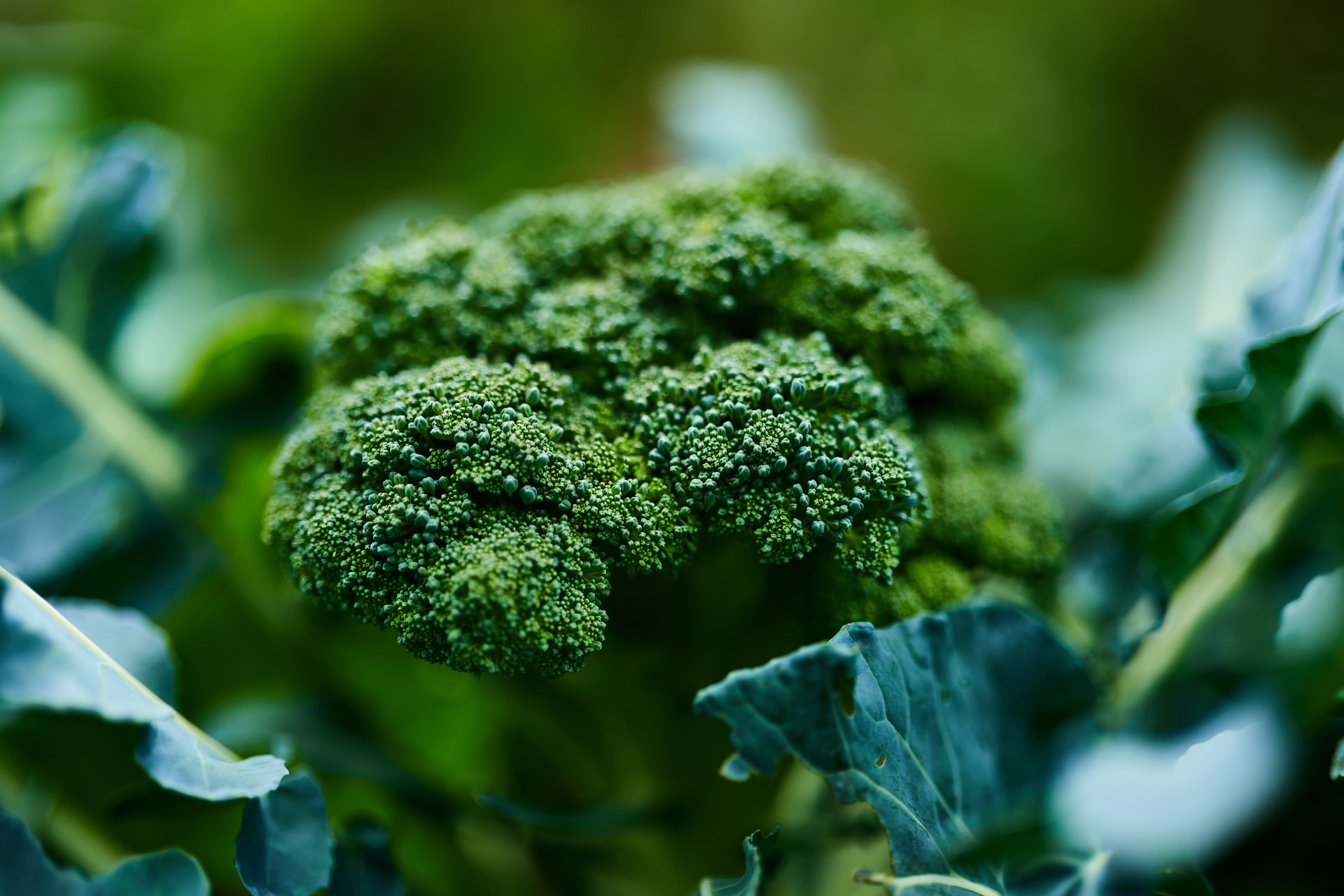The most significant diseases of broccoli that occur during the growing season can significantly reduce yield and quality. The most notable broccoli diseases are the following: clubroot (lat. Plasmodiophora brassicae), downy mildew (lat. Peronospora parasitica), Pythium spp., Rhizoctonia solani, Olpidium brassicae, Alternaria brassicae, and Phoma lingam. Fusarium wilt (lat. Fusarium oxysporum – conglutinans), wilt caused by Phytophthora (lat. Phytophthora megasperma), white rust (lat. Albugo candida), dry rot (lat. Phoma lingam), head rot (lat. Sclerotinia sclerotiorum), powdery mildew (lat. Erysiphe cruciferarum), and black spot (lat. Alternaria spp.).
Clubroot (lat. Plasmodiophora brassicae)
This disease manifests symptoms on the roots. Knots appear on the main and secondary roots, reducing their functionality. With non-functional roots, plants do not obtain water, lose turgor, and dry out. The most favorable temperatures for the development of this disease are 18-23°C (fungal development is possible within a range of 9-30°C). For infection to occur, the soil must be saturated with water more than 45% of the total soil water capacity at optimal temperatures.
This disease occurs more frequently in acidic soils. For this reason, proper crop rotation (no crop from the cabbage family should be grown on the same plot for 5-6 years) and soil liming are preventive measures used in combating clubroot. At a pH value of 7.5, fungal development is prevented. Liming is not done all at once but gradually over several years.
Downy Mildew (lat. Peronospora parasitica)
Disease development is favored when night temperatures are 9-16°C, daily temperatures do not exceed 24°C, and there is high air humidity. During seedling cultivation, fungicides based on propineb or mancozeb are applied in the first spraying, and fungicides based on metalaxyl or benalaxyl are used in the second spraying. Before planting, a contact fungicide based on copper should be applied. If crop rotation is respected, appropriate planting spacing is maintained (high air humidity is created in dense stands), and healthy seedlings are transplanted, broccoli does not need to be treated with fungicides against this disease during the growing season.
Damping-off
Damping-off is caused by several types of fungi (Pythium spp., Rhizoctonia solani, Olpidium brassicae, Alternaria brassicae, and Phoma lingam).
As the name of the disease suggests, these types of fungi cause the young plants to collapse shortly after planting.
Fungicides Allowed in Our Country for Controlling Cruciferous Crop Diseases
| Fungicide | Crops | Diseases | Dosage | Treatment Interval | PHI |
|---|---|---|---|---|---|
| Trifloxystrobin (25%), tebuconazole (50%) | Broccoli, cauliflower | Alternaria, Phoma, Albugo, Erysiphe, Mycosphaerella | 0.4 kg/ha (2x) | 21 days | 21 days |
| Trifloxystrobin (25%), tebuconazole (50%) | Brussels sprouts, cabbage | Alternaria, Phoma, Albugo, Erysiphe, Mycosphaerella | 0.4 kg/ha (3x) | 21 days | 21 days |
| Azoxystrobin (250 g/l) | Cruciferous crops | Alternaria, Albugo, Peronospora, Erysiphe | 1.0 l/ha (2x) | 8-12 days | 14 days |
| Difenoconazole (250 g/l) | Cruciferous crops (cabbage, Brussels sprouts, kale) | Alternaria, Leptosphaeria, Pseudocercosporella | 0.3-0.5 l/ha | 15 days | 21 days |
| Difenoconazole (250 g/l) | Cabbage | Alternaria, Mycosphaerella | 0.5 l/ha | 21 days | 21 days |
It is possible to add high-quality wetting and adhesion agents, such as Silwett, Inex-A, etc., in prescribed quantities to the preparations for controlling plant diseases in cruciferous crops. The negative impact of high temperatures and increased solar radiation on almost all vegetable crops can be reduced by applying various organic biostimulants in combination with foliar fertilizers with a high content of phosphorus, potassium (and microelements). It is good to use foliar fertilizers preventively, in several applications with reduced quantities, and they mix well with all recommended fungicides (except copper-based fungicides) and insecticides for cruciferous crop protection.













































